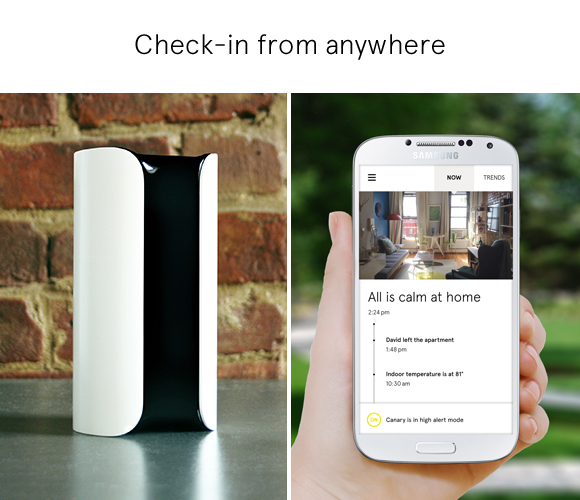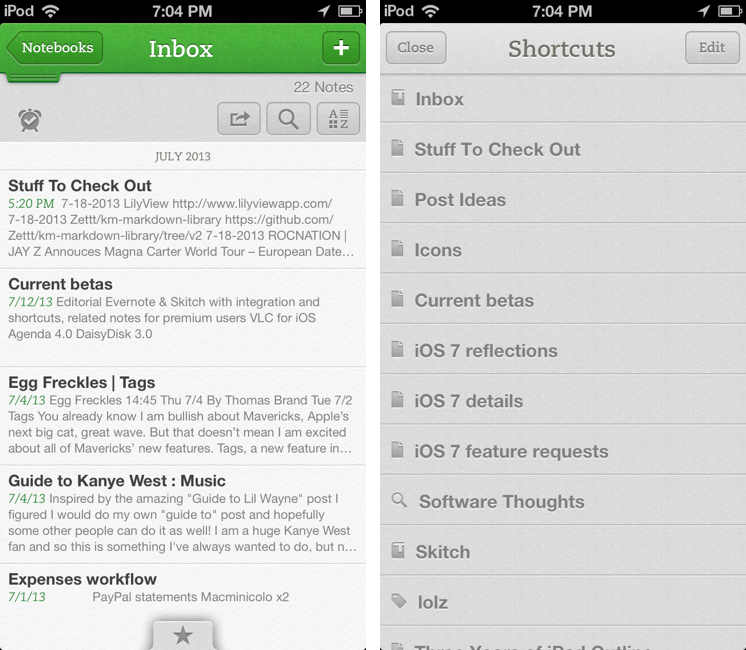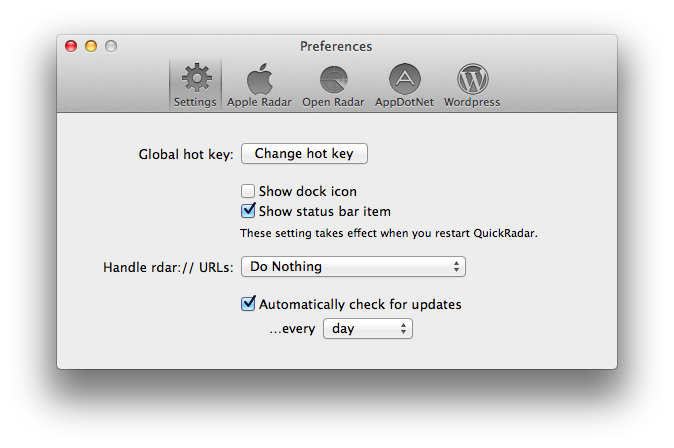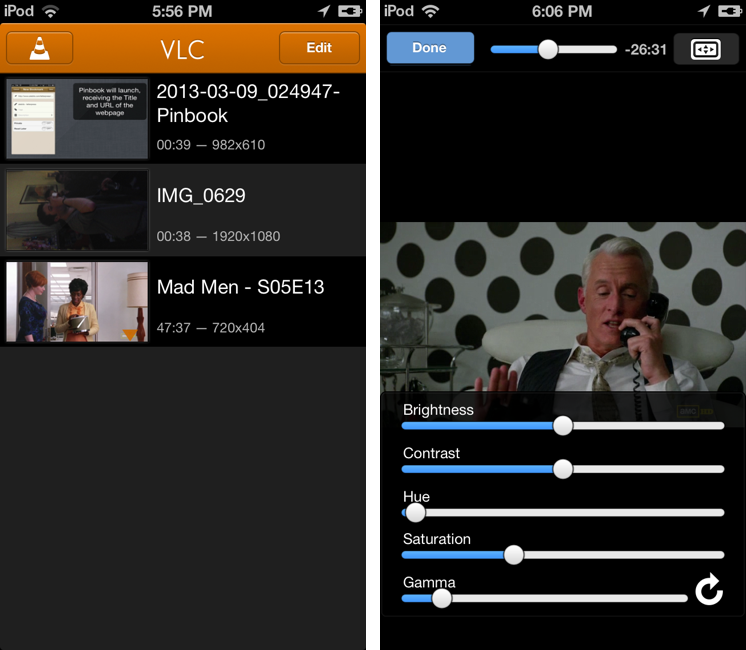Home security systems have a reputation for being a hassle to install, difficult to use, and expensive to boot. Instead of entrusting a company to monitor you home for a monthly fee, what if you could monitor your home yourself?
Canary is personal monitoring device with a focus on home security. Not dissimilar from a modern baby monitor, Canary uses its widescreen HD camera and microphone to keep an eye on your home. Combined with night vision, motion detection, and smartphone alerts, Canary quickly becomes an inexpensive tool for apartment dwellers or renters. The monitoring device also includes some sensors for monitoring temperature, air quality, and humidity, which could be useful for determining whether a fire has broke out in your home.
What makes Canary unique is how it informs you of changes in your homes environment. Notifications will inform you of movement in your home, letting you then sound an alarm and call 911. It can also send notifications for sudden changes, like if hears audio when nobody is normally home or if the temperature suddenly drops. Kind of like the Nest, Canary is supposed to build a profile that knows when you’re home and when you’re not, and can use the iPhone’s geofencing features to automatically enable and disable Canary as you leave and enter your home.
I think the main thing that people like about security systems is that they feel like they’re a deterrent. Doors beep when people enter and leave the home and the house alarm will sound if a someone intrudes while you’re away, hopefully letting the neighbors know something isn’t right. There’s also all sorts of sensors that can detect when a window is broken for example. For people who want full home security, Canary won’t offer that kind of stuff. You can, however, connect multiple Canary monitors together if you want more coverage. The current suggestion is to put Canary in a place that covers the most entrances or where multiple places converge. For people who don’t have the option of installing a traditional alarm in their condos or apartments, I think Canary covers all the right bases in a compact device. You simply buy the device and there are no subscription fees to use the app and its monitoring service. For people who want more, Canary will offer that down the road.
Canary does away with keypads and codes, turning a smart camera and a plethora of sensors into an IFTTT like service that engages when you go to work or head out to take care of errands. It’s available to pre-order for $199 in white or $249 in black or silver. The campaign has already raised $146,284 in contributions, already ahead of the $100,000 goal. Learn more and contribute here.





